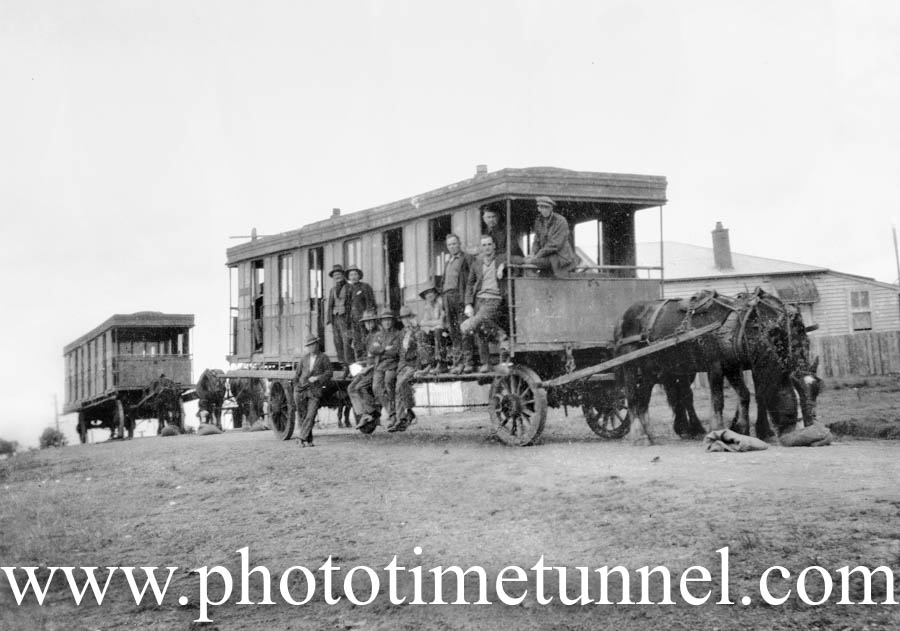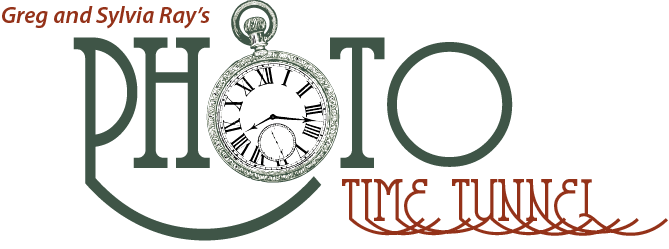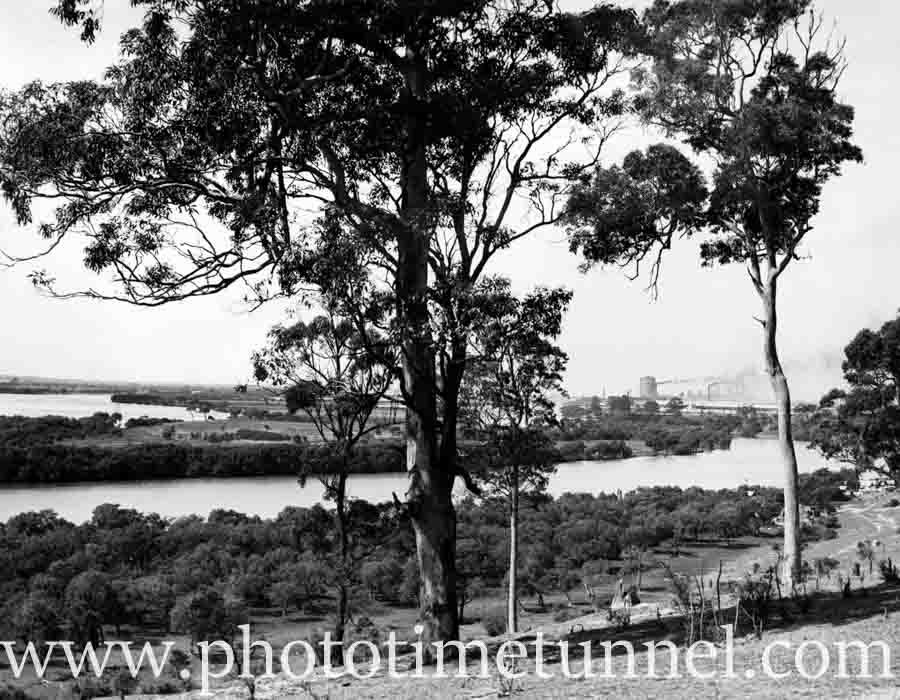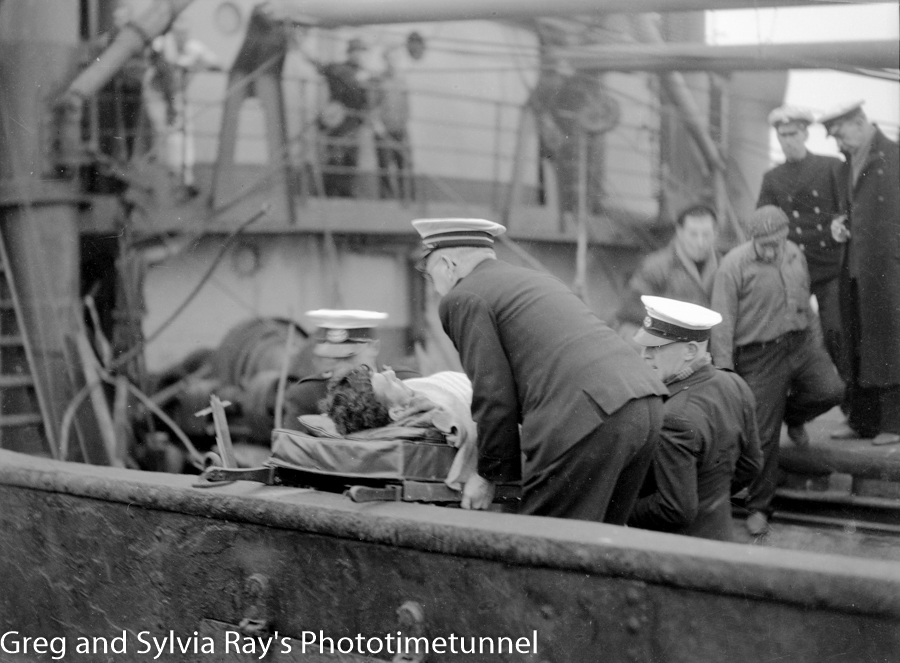
Old trams became Depression housing
DURING the Great Depression hundreds of Hunter people lived in makeshift humpies cobbled together from whatever materials their owners could scrounge. Some of the camps were Nobbys Camp near Horseshoe Beach, “Texas” in Carrington, “Hollywood” (also known as “Doggyville”) at Jesmond, “Coral Trees” in Stockton and Platt’s Estate and “Tram Car” at Waratah. A Ralph Snowball image of the opening of the Waratah tramway in 1901. Thirty years later the trail cars became housing for unemployed men. According to researcher and author Dulcie Hartley, writing in her book The Hungry Thirties, Tram Car camp housed 17…


